Filter by
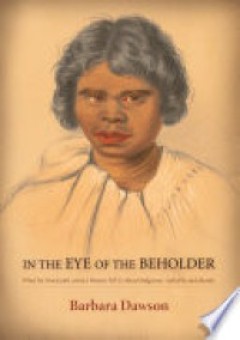
In the Eye of the Beholder: What Six Nineteenth-century Women Tell Us About I…
This book offers a fresh perspective in the debate on settler perceptions of Indigenous Australians. It draws together a suite of little known colonial women (apart from Eliza Fraser) and investigates their writings for what they reveal about their attitudes to, views on and beliefs about Aboriginal people, as presented in their published works. The way that reader expectations and publishersâ€â€¦
- Edition
- -
- ISBN/ISSN
- 9781925021974
- Collation
- xxv + 196 p
- Series Title
- -
- Call Number
- 305.40994
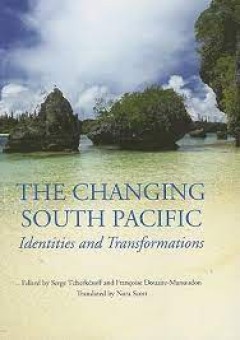
Changing South-Pacific Identities and Transformations
The texts collected in this volume take an anthropological approach to the variety of contemporary societal problems which confront the peoples of the contemporary South Pacific: religious revival, the sociology of relations between local groups, regions and nation-States, the problem of culture areas, the place of democracy in the transition of States founded on sacred chiefdoms, the role of c…
- Edition
- -
- ISBN/ISSN
- 9781921536151
- Collation
- -
- Series Title
- -
- Call Number
- -
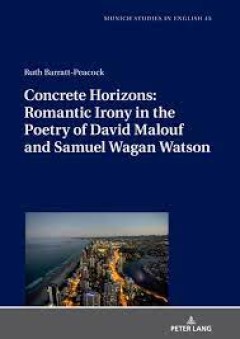
Concrete Horizons: Romantic Irony in the Poetry of David Malouf and Samuel Wa…
Drawing on Bernd Mahr’s model theory, this volume introduces a new approach to Romanticism in contemporary Australian literature. Focusing on two very different authors, David Malouf and the Indigenous poet Samuel Wagan Watson, this book highlights their similarities rather than their differences. It is the first book-length study dedicated specifically to each author’s poetic oeuvre. Compr…
- Edition
- -
- ISBN/ISSN
- -
- Collation
- -
- Series Title
- -
- Call Number
- -
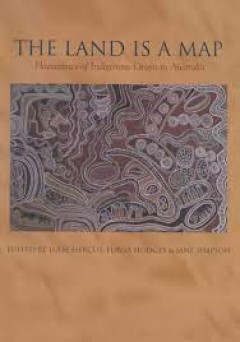
The Land is a Map Placenames of Indigenous Origin in Australia
The entire Australian continent was once covered with networks of Indigenous placenames. These names often evoke important information about features of the environment and their place in Indigenous systems of knowledge. On the other hand, placenames assigned by European settlers and officials are largely arbitrary, except for occasional descriptive labels such as ‘river, lake, mountain’. T…
- Edition
- -
- ISBN/ISSN
- 9781921536571
- Collation
- -
- Series Title
- -
- Call Number
- -
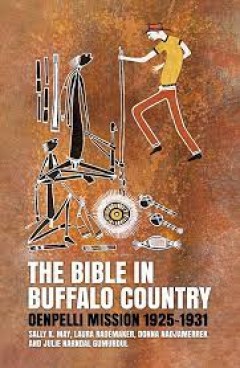
The Bible in Buffalo Country Oenpelli Mission 1925–1931
Arriving in the remote Arnhem Land Aboriginal settlement of Oenpelli (Gunbalanya) in 1925, Alf and Mary Dyer aimed to bring Christ to a former buffalo shooting camp and an Aboriginal population many whites considered difficult to control. The Bible in Buffalo Country: Oenpelli Mission 1925–1931 represents a snapshot of the tumultuous first six years of the Church Missionary Society's mission …
- Edition
- -
- ISBN/ISSN
- -
- Collation
- -
- Series Title
- -
- Call Number
- -
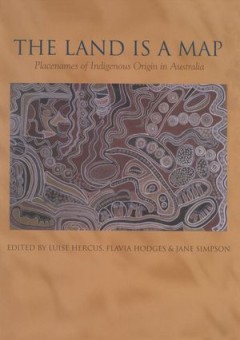
The Land is a Map : Placenames of Indigenous Origin in Australia
The entire Australian continent was once covered with networks of Indigenous placenames. These names often evoke important information about features of the environment and their place in Indigenous systems of knowledge. On the other hand, placenames assigned by European settlers and officials are largely arbitrary, except for occasional descriptive labels such as ‘river, lake, mountain’. T…
- Edition
- -
- ISBN/ISSN
- 9781921536571
- Collation
- -
- Series Title
- -
- Call Number
- 919.400 3 LAN
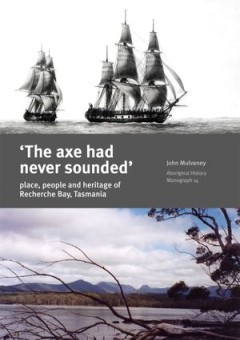
‘The axe had never sounded’ : Place, people and heritage of Recherche B…
‘This book meets well the triple promise of the title – the inter-connections of place, people and heritage. John Mulvaney brings to this work a deep knowledge of the history, ethnography and archaeology of Tasmania. He presents a comprehensive account of the area’s history over the 200 years since French naval expeditions first charted its coastlines. The important records the French off…
- Edition
- -
- ISBN/ISSN
- 9781921313219
- Collation
- -
- Series Title
- Aboriginal History Monograph 14
- Call Number
- 994.62 MUL a
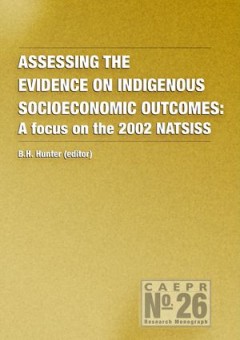
Assessing the evidence on Indigenous socioeconomic outcomes : A focus on the…
This monograph presents the refereed, and peer-reviewed, edited proceedingsof the conference on Indigenous Socioeconomic Outcomes: Assessing RecentEvidence. The conference was organised by the Centre for Aboriginal EconomicPolicy Research and held at the Shine Dome, the Australian National University(ANU) in Canberra on 11 and 12 August 2005. The conference aimed to presentthe latest …
- Edition
- -
- ISBN/ISSN
- 9209426 4 5
- Collation
- -
- Series Title
- Research monograph (Australian National University. Centre for Aboriginal Economic Policy Research)
- Call Number
- 362.849 915 ASS

Racial Folly : A Twentieth-Centrury Aboriginal Family
Briscoe’s grandmother remembered stories about the first white men coming to the Northern Territory. This extraordinary memoir shows us the history of an Aboriginal family who lived under the race laws, practices and policies of Australia in the twentieth century. It tells the story of a people trapped in ideological folly spawned to solve ‘the half-caste problem’. It gives life to those …
- Edition
- -
- ISBN/ISSN
- 9781921666216
- Collation
- -
- Series Title
- Aboriginal history monograph ; 20
- Call Number
- 994.007 202 BRI r
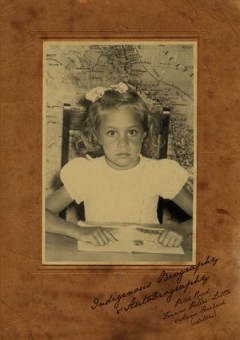
Indigenous Biography and Autobiography
In this absorbing collection of papers Aboriginal, Maori, Dalit and western scholars discuss and analyse the difficulties they have faced in writing Indigenous biographies and autobiographies. The issues range from balancing the demands of western and non-western scholarship, through writing about a family that refuses to acknowledge its identity, to considering a community demand not to write …
- Edition
- -
- ISBN/ISSN
- 9781921536359
- Collation
- -
- Series Title
- -
- Call Number
- 809.935 92 IND
 Computer Science, Information & General Works
Computer Science, Information & General Works  Philosophy & Psychology
Philosophy & Psychology  Religion
Religion  Social Sciences
Social Sciences  Language
Language  Pure Science
Pure Science  Applied Sciences
Applied Sciences  Art & Recreation
Art & Recreation  Literature
Literature  History & Geography
History & Geography